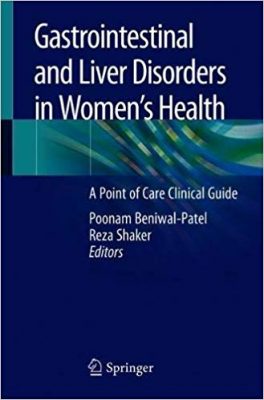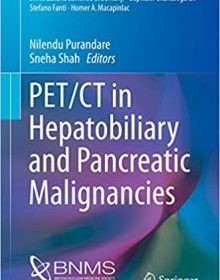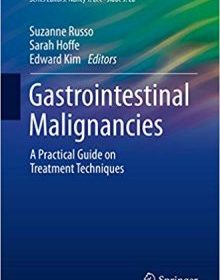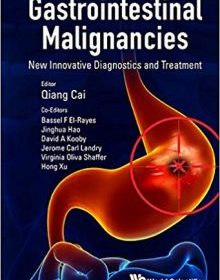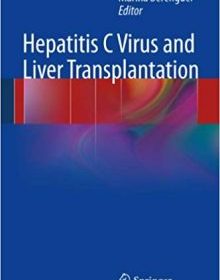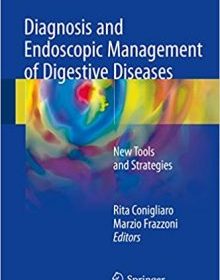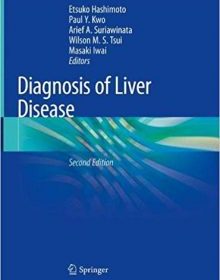2nd Edition
This book guides practitioners in the assessment of patients with a liver problem. The emphasis is on the role of macro- and microscopic
pathology in elucidating pathogenesis as well as identifying confounding features of image findings that may lead to a more elaborate differential diagnosis. If appropriate, the role of light and electron microscopic examination, along with the role of specific stains and molecular techniques, is illustrated. In addition, the concept of each liver disease is summarized briefly and its up-to-data is provided, and unresolved problems in diagnosis, treatment, and pathogenesis are clearly described.
The approach in this book is a practical one with a focus on the evaluation of illustrative cases, simultaneously demonstrating cross-sectional images (ultrasonography, computed tomography, magnetic resonance imaging, and angiography), pathological findings, and peritoneoscopic images. The diagnosis and therapy are summed up in helpful tables, and association of clinical manifestations with image analysis and pathological findings is shown to be important in differential diagnosis and treatment. With the authors comprising internationally renowned experts, this book will serve as a useful source of information for medical students, physicians, internists, hepatologists, gastroenterologists, radiologists, and pathologists worldwide.
